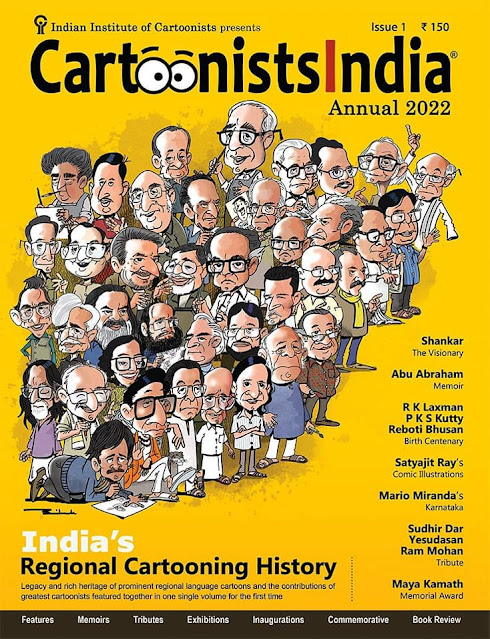There’s no more ‘rock’ to ‘rock music’ than just the word. Legend has that this type of rock music was inspired by the sounds made by a river running over a special kind of rock. Bibek Sengupta takes a look at how man improvised on nature’s sounds to create a unique genre of music.

By the River Greta
Nature resides in all her glory at Cumbria county, in northwest England. Keswick is a quaint little village here. The Greta flows past this village, at the foothills of the Skiddaw and brushing Lake Coniston.
It was a languid summer afternoon in 1785. Retired sailor Peter Crosthwaite was stirred by an unusual tune that hung in the air. He often heard this tune when he strolled by the river. It was not a musical tune, but rather like someone playing the organ and rustling up varied tunes. Crosthwaite’s curious eyes wandered to a boulder on the river. It was an unusual rock, found only in this part of Lake District in Cumbria. The tunes were created when the river water splashed on this rock.
Crosthwaite was not a scientist by training, but he had a penchant for making innovative things from various odds and ends. He scoured the river and brought home about fifteen or sixteen of these rocks. He tinkered with them, examined them closely and came up with sixteen different kinds of tunes. And before he knew it, he had made the world’s first geological piano or a ‘rock organ’. He never knew that 55 years after his discovery of this magical rock, Joseph Richardson’s almost identical musical contraption would create ripples across the world.
The Richardson Set
A mason by profession, Richardson too hailed from the village of Keswick. He was also intrigued by the sounds that came out from the rock on the Greta. He had noticed that the same kinds of sounds emanated from a type of Paleozoic rock, ‘Hornfels’ found at the foothills of the Skiddaw. What is more, the quality and the variety of these sounds were greater.
Richardson was excited with his findings and what he could create from this rock soon became an obsession. He built stone houses and so he was well-versed with the properties and characteristics of various rocks. He worked to earn his livelihood by the day and at night, he tinkered with all kinds of rocks and pebbles. His efforts bore fruit after 13 long years and he created a massive ‘rock harmonicon’. It was a musical instrument with five octaves and he had used 65 rocks of various sizes in two rows. He named this the ‘Richardson Set’. It was a humongous instrument and three people were required to play it.
The First Band
Richardson was musically inclined himself. He could play violin, flute and pipes. He also started training his three sons. Soon the rock organ became a part of their curriculum.
He played this creation of his in a few local musical soirees. This was when the hoi polloi got the first glimpse of this extraordinary musical instrument. This was in the beginning of the year 1837. The ‘Richardson Rock Band’ was formed and this was the world’s first rock band.

It was a family affair and Richardson soon started traveling across England with his family. An advertisement heralding ‘Music from Solid Rocks’ in the Times Magazine got him noticed. By that time, he had added the percussion, sweet bell, steel bar and drums to his repertoire. He also changed the name of his band to ‘Richardson Rock, Bell and Steel Band’.
The fame of Richardson’s rock band soon reached the Buckingham Palace and the Queen herself asked for a performance. An event was arranged on 23 February 1848 in the Palace premises. The Queen was mesmerised by it and she again asked for two more performances.

By this time, the Richardsons were touring not only London and the adjacent areas, but also were traveling to far flung places like France, Germany and Italy. A tour to the States was also being arranged when tragedy struck. Robert Richardson, the youngest of the family died of pneumonia. A heartbroken Richardson retired from stage life forever.
Richardson was found dead in his family home in 1945. After lying unused for many years, Richardson’s great-grandson donated the by-now legendary Richardson Set to the Keswick Museum.
Efforts Since Then
An interesting fact came to light from Paul Collins’ article in the The Believer magazine. It stated, William Till, another musician of such genre, too had formed a band way back in 1881. He garnered much praise for a performance at the Crystal Palace. The rock organ gained popularity in America courtesy these Tills.
The origins of rock music are conventionally traced back to African-American singers Chuck Berry and Buddy Holly. In the later years, Elvis Presley and The Beatles elevated rock music to frenzied levels.

About four years back, Jamie Barnes, who headed the Keswick Museum and Art Gallery arranged an open-air concert by the Coniston Lake. This was the ‘Coniston Water Festival’ of 2005, which ringed with the primordial tunes of the rock organ.
The next year BBC telecasted a four-episode documentary series, ‘The World’s First Rock Band’ that highlighted the rock organ that was created from the Skiddaw rock.
In the first part of the 18th century, Crosthwaite had created a museum of sorts at his Keswick home. This museum was later transferred to what is known today as the ‘Keswick Museum and Art Gallery’. The museum soon became known as one of the most unusual museums in the world. Housed amongst the exhibits here are Crosthwaite and Richardson’s ancient rock organs.The tunes from these rock organs still echo in the nooks and crannies of England’s villages.
[My sincere thanks to Mr. Jamie Barnes, Curator- Keswick Museum and Art Gallery for his valuable inputs]
Photograph courtesy: Keswick Museum and Art Gallery
Web Links:
www.youtube.com/musicalstonestv
www.musicalstones.blogspot.com


